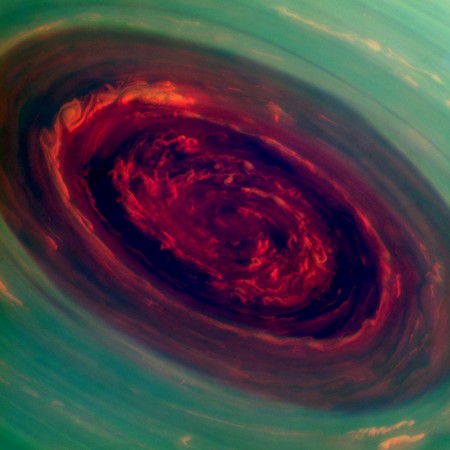
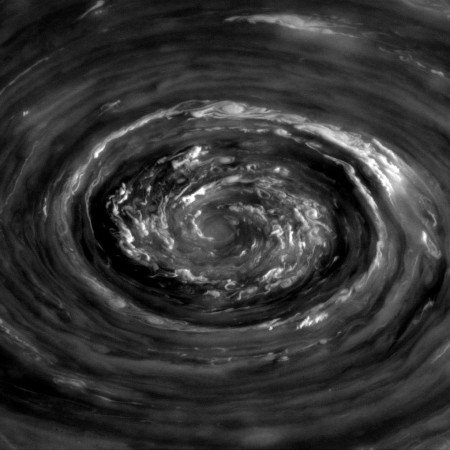
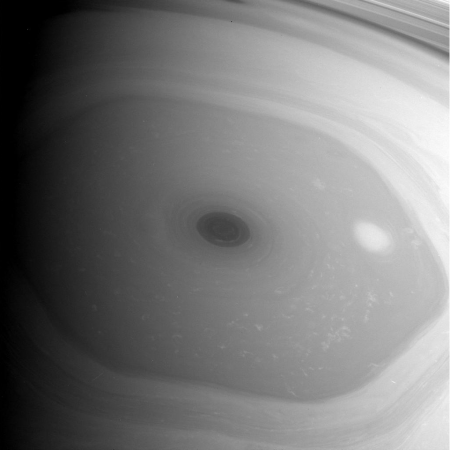
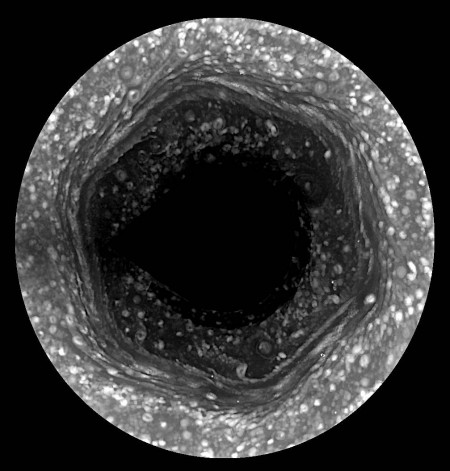
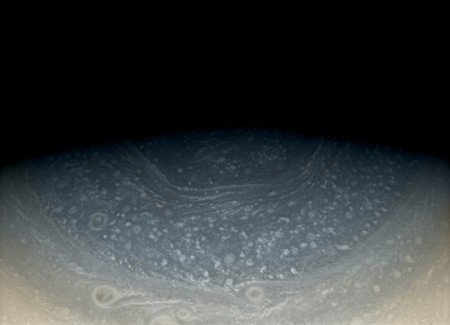

First discovered by the Voyager spacecraft in the early 1980s, NASA has recently released new images of the mysterious hexagon-shaped storm on Saturn’s northern pole. Taken with their Cassini Spacecraft, visible light images like this were not originally possible when Cassini arrived at Saturn back in 2004 due to the entire northern hemisphere being in winter solstice.
Size
The hexagon measures 25,000 km (15,500 mi) across, with each side being 13,800 km (8,600 mi) long. As the above image demonstrates, it’s wide enough to fit nearly four earth’s inside of it.
Composition
The hexagonal ring itself is created by a jet stream, while the center contains a spiralling vortex of clouds. Scientists say that the storm reaches speeds up to 354 km/h (220 mph).
Explanation?
In short, we can’t figure it out. Namely, scientists don’t currently understand where the storm obtains and expels its energy, or how/why it has stayed in such an organized shape for so long.
You can read more about this hexagonal goodness here and view more images here.
Posted by: Owen Perry
My good friend Alek Fin introduced me not too long ago to the Nervous Structure installations, while he was conducting some research on alternative ways of doing projections for his live show, and I’ve been hooked ever since (I one day plan on having one of these set up perminantly on one of the walls of my workspace or house).
Nervous Structure is a series of site-specific, interactive installations consisting of string and fabric structures illuminated with interactive computer graphics that react to the presence and motion of viewers and was developed by Annica Cuppetelli and Cristobal Mendoza:
Annica Cuppetelli (USA) and Cristobal Mendoza (Venezuela) are artists and collaborators focusing on the creation of site-specific, multimedia installations that address issues of space, interaction, and materiality. Their installations combine traditional craft and common materials with interactive video projections and computational design processes, and they address the formal qualities of a given site while creating an immersive and participatory environment. Cuppetelli obtained her MFA from Cranbrook Academy of Art in 2008, and Mendoza at the Rhode Island School of Design in 2007. They are based in Detroit, MI.
Posted by B3PO
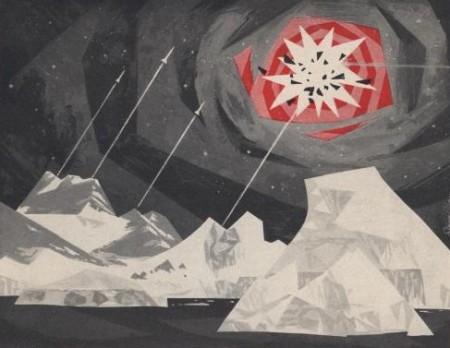
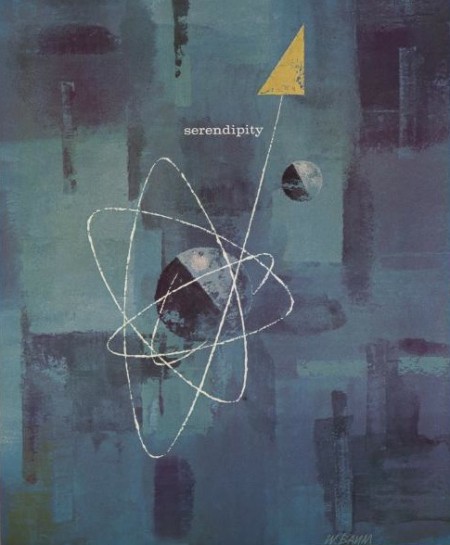
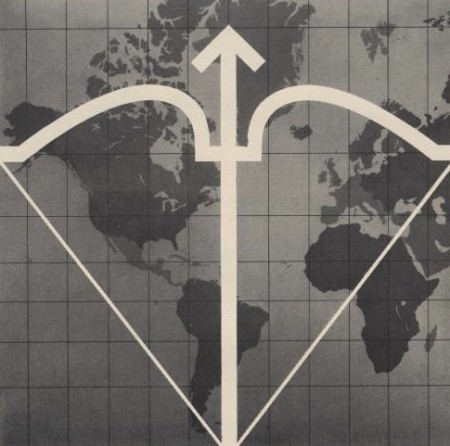
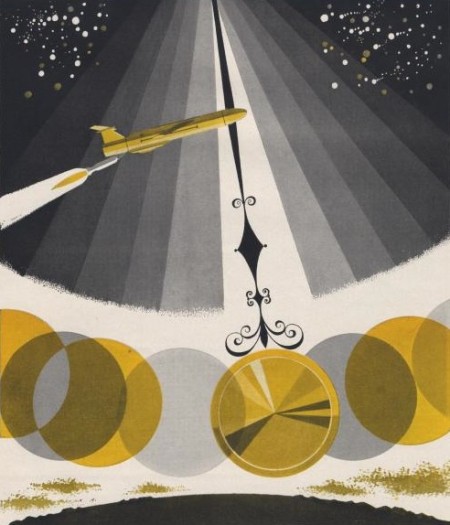
A few selections from the artwork portion of these Science and Technology adverts. I often like the text layouts on these old advertisements, but in these cases it was the artwork that caught my attention. I see a little Matthew Lyons in that first one. Be sure to check out the rest of the set.
via Ministry of Type
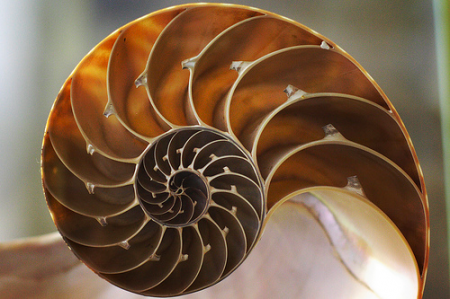
I’ve posted on this subject before and its implications are certainly debatable, but last week’s announcement that researchers had discovered the presence of the Golden Ratio in the quantum world had me thinking there might be more to it than anyone has yet realized.
“Researchers from the Helmholtz-Zentrum Berlin für Materialien und Energie (HZB), in cooperation with colleagues from Oxford and Bristol Universities, as well as the Rutherford Appleton Laboratory, UK, have for the first time observed a nanoscale symmetry hidden in solid state matter. They have measured the signatures of a symmetry showing the same attributes as the golden ratio famous from art and architecture.”
Dr. Radu Coldea — the principal author of the paper — describes how the ratio was observed in magnetically linked chains of atoms: “Here the tension comes from the interaction between spins causing them to magnetically resonate. For these interactions we found a series (scale) of resonant notes: The first two notes show a perfect relationship with each other. Their frequencies (pitch) are in the ratio of 1.618…, which is the golden ratio famous from art and architecture.”
Pretty amazing to think that something we seem to have an innate appreciation for and which occurs on such a comparatively massive scale can also be observed in the smallest components of our world.
Image via Minarai
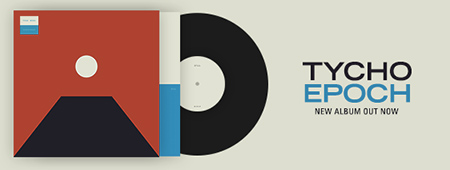
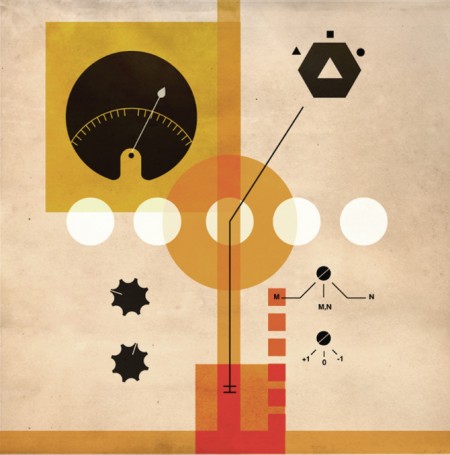
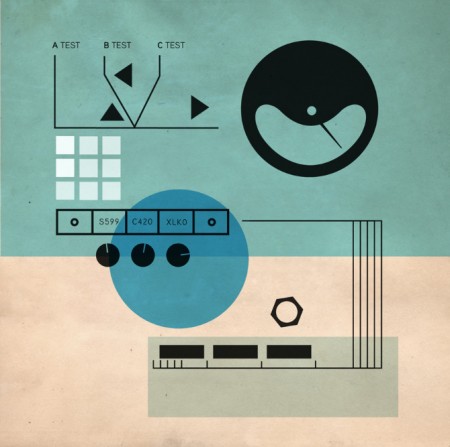
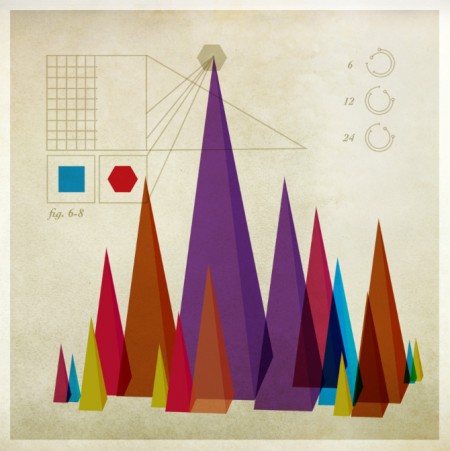
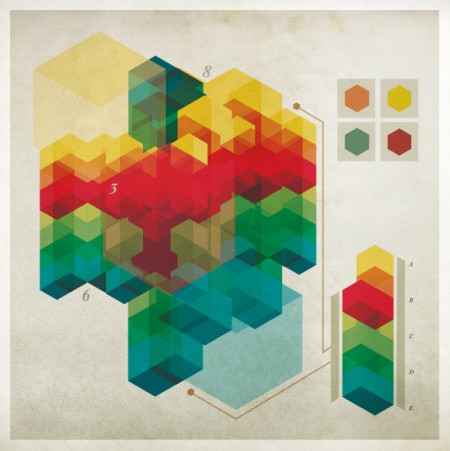
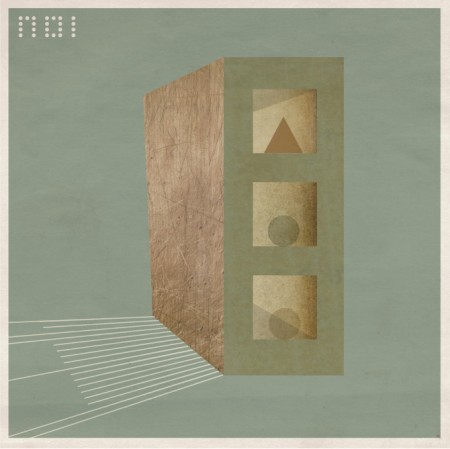
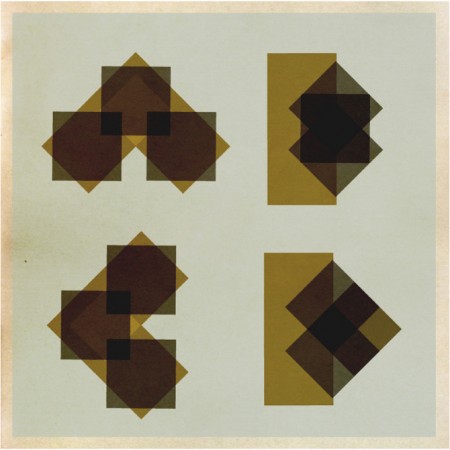
I found a number of cool sites as I explored the Cargo network this last weekend. One such site was the portfolio of Chad Hagen. I love how each of his projects unfolds as a series; within every section there are a number of interesting images tied together by similar visual stylings. I enjoyed clicking through the slideshows and determining my favorites of each, some of which are above.
His beautifully designed illustrations look like they could be out of an instruction manual for some amazing (albeit nonexistent) product or device. As his title “Nonsense Infographics” indicates, there is actually no “information” being conveyed per se — but when the graphics look this good, I don’t really care.
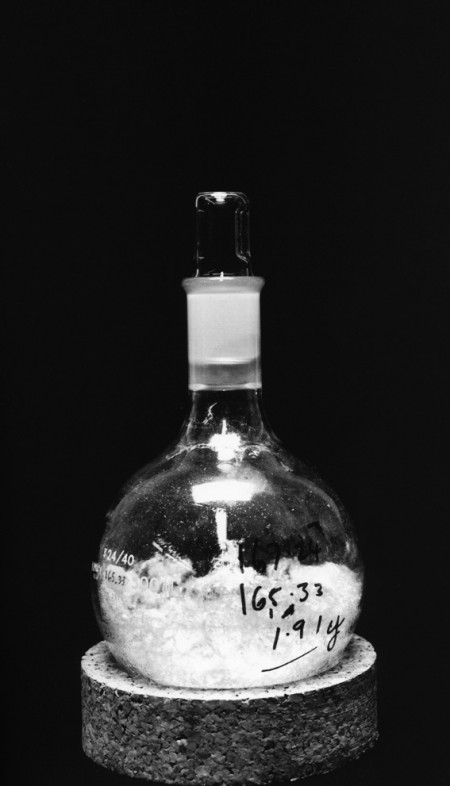
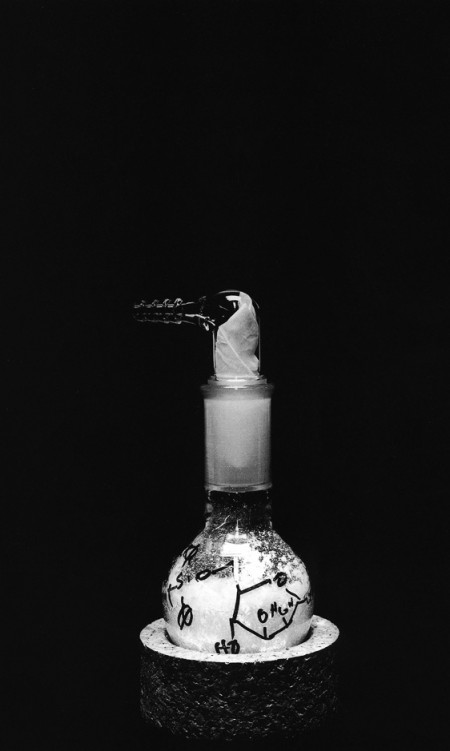
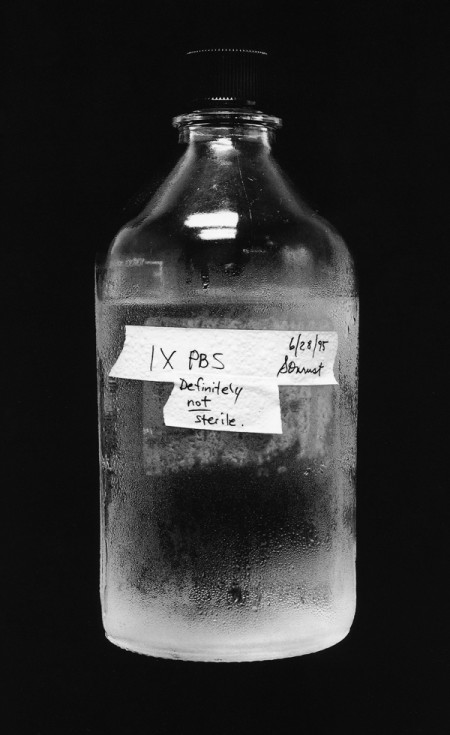
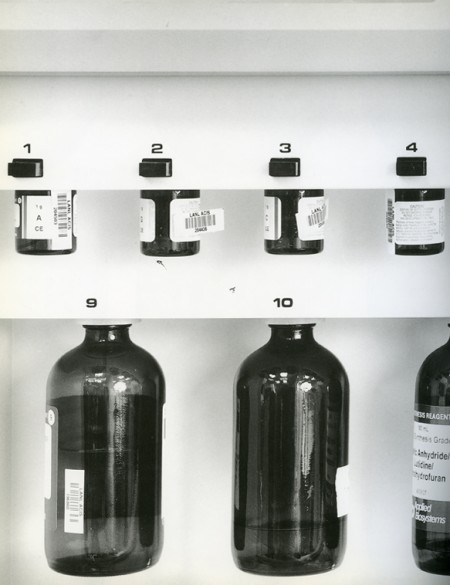
Photographs by Catherine Wagner from her book Art & Science. They are all part of the same project for which she travelled to major laboratories around the US and captured many different elements of the scientific experience; everything from beakers (my favorite) to bone marrow smears. As the intro states: “The resulting images offer the opportunity to encounter science in an innovative and unusual manner, as they bridge the distances between art, science and everyday life.”





















